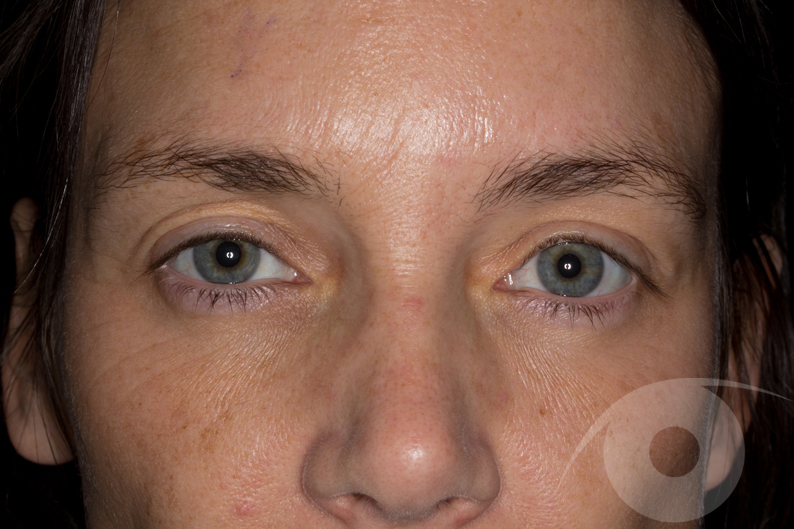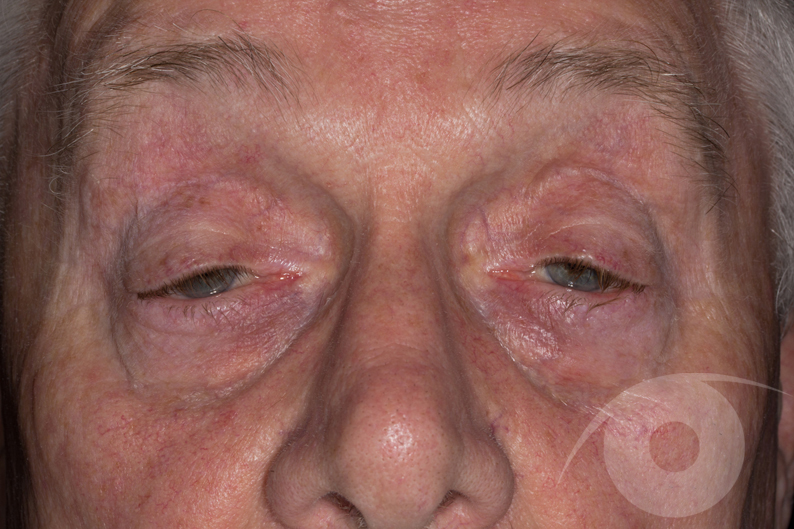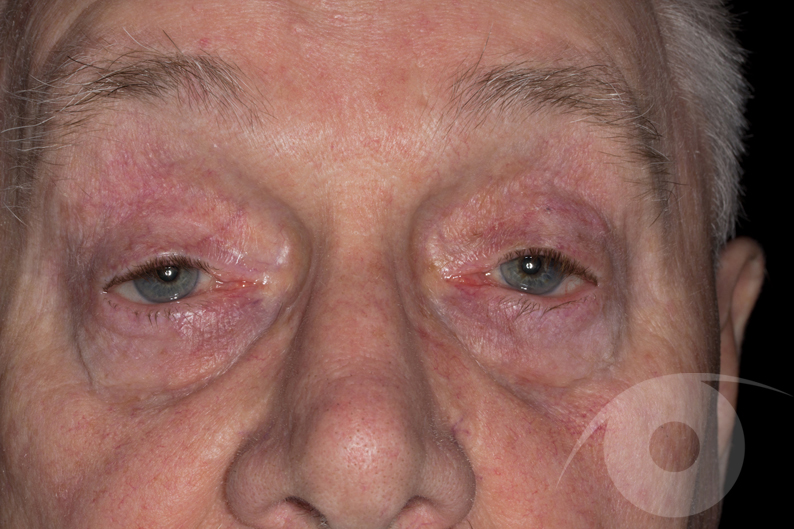Droopy eyelid (ptosis)
Overview:
What is a ‘Ptosis’?
Ptosis describes a drooping of one or both upper eyelids. This is also referred to as a “blepharoptosis”.
What are the causes of ptosis?
A ptosis may be present at birth (a congenital ptosis) or be acquired later in life. A congenital ptosis is due to an abnormality of the muscle which lifts the eyelid (the levator muscle). In this case, the muscle neither contracts nor relaxes normally. An acquired ptosis has many causes which include the following:
Advancing age: with time the tendon of the muscle within the eyelid becomes stretched, leading to a droopy upper eyelid.
Neurological disease: a ptosis can be due to an impairment of the nerve which controls the levator muscle.
Muscle disease (myopathy): inherent diseases of the muscle (which may affect the levator muscle and the muscles which move the eye and the face) are rare, and may also cause double vision e.g. myasthenia gravis.
What are the symptoms of ptosis?
Ptosis does not tend to cause symptoms until the lid impairs a patient’s visual field (peripheral vision). The symptoms tend to be worse when looking up, or when tired. A compensatory effort is made to raise the eyelids by elevating the brows, and this can in itself lead to an ache over the brows, or a frank headache.
Is ptosis a serious condition?
In itself, a drooping upper eyelid does not pose a serious threat to the eye. However, ptosis may rarely be an indication of another underlying disorder (neurological disease or generalised facial muscular disease) and for this reason all patients with a ptosis should be assessed by a specialist oculoplastic surgeon.
Treatment:
What is the treatment for ptosis?
If ptosis causes significant asymmetry or begins to impinge on the visual field, surgery may be considered. The appropriate operation, and the degree to which the lids should be lifted, depends upon the underlying cause and the patient’s examination findings, in particular the health and natural lubrication of the front surface of the eye.
In the most common form of ptosis, which is age-related, surgery takes about one hour to do and is typically undertaken as a day case with local anaesthesia (with or without sedation). This operation involves making a fine incision in the lid and advancing the levator muscle within the eyelid with absorbable sutures. A dressing may be placed for a day, and antibiotic drops, ointment and lubricants are prescribed to reduce the risk of postoperative infection and dryness of the eye. A review in clinic is arranged for 1-2 week after surgery.
Where the ptosis is associated with poor movement of the eyelid from down gaze to up gaze, more complex surgery may be required using a suspensory material which links the eyelid to the eyebrow. This is referred to as a “frontalis suspension” or a “brow suspension” operation.
Progress after surgery
Eyelid swelling (with a slightly low lid) and a degree of bruising is common after surgery, but typically settles within 2 weeks and can be reduced with cold compresses. Occasionally, the sensation within the eyelid can be disrupted, with a gradual return to normal sensation over several weeks. In the event that there is significant over or under-correction, further corrective surgery may be required. A final result following surgery is rarely seen for up to 3 months.
Risks of ptosis surgery
All operations carry risks. In ptosis surgery the most common ones are under-correction and overcorrection, recorded to occur in up to 10% of all patients, despite a satisfactory appearance during surgery itself. Of the two, under-correction (persistent drooping, or recurrent drooping some weeks after surgery) is the most common. Overcorrection is less common, but can be more serious because of the increased risk of dryness of the surface of the eye, and a failure of the eye to close completely when sleeping. Each of these can be corrected, if necessary, with further surgery.
In patients with congenital ptosis or myopathy, further risks include a persistent inability to completely close the eye whilst sleeping, and a lid which remains relatively high on down gaze (an eyelid ‘hang-up’). In the latter group, dryness of the ocular surface is a particular risk because the movement of the eye may also be reduced (the eye tends to ‘look up’ when asleep -a ‘Bell’s phenomenon’-), and the strength of eye closure may similarly be affected. Thus, all patients undergoing ptosis surgery require a review within1-2 weeks after surgery, and again a few weeks later
Additional risks include:
Infection
Irritation from the sutures, or from preservatives in prescribed drops







